Year 4, Lesson 1.1: What is the Capstone?
Semester Learning Goal
Students will investigate community needs, reflect on personal values, and apply design thinking to develop a values-aligned project idea. Through research, collaboration, and iteration, they will explore what it means to do Good Work as a good person, good worker, and good citizen.
Lesson Goal
Students will understand the purpose and structure of the Capstone in Community project, explore different models, and reflect on their interests and values as they begin to imagine a meaningful project they will design in Semester 1 and implement in Semester 2.
Assessment
Monitor student engagement and participation in Gallery Walk and Think-Pair-Share activities.
Review student responses on the Exit Ticket to gauge initial clarity on project models and emerging interests.
Casel Alignment
Self-Awareness, Responsible Decision-Making, Relationship Skills, Social Awareness
Portfolio Documentation
Resources
Prerequisites
Years 1 - 3 of The Good Project Lesson Plans
Total Time
45 minutes
Instructions
-
Explain to students that this year will be a culmination of what they learned with The Good Project Lesson Plans over the past three years.
Allow students a few minutes to review their Good Work Portfolios from previous years.
1. Opener: What Is a Capstone? [5 minutes]
Ask students:
What comes to mind when you hear the word capstone?
What are some examples of final projects you’ve done in school?
Explain: A capstone is a culminating project that brings together learning over time and puts it into action.
Tell students:
“This year, you’ll spend the first semester designing a project that helps you do ‘Good Work’—something that shows you care about excellence, ethics, and engagement in the real world. In the second half of the year, you’ll implement that project and reflect on your growth and impact. Your project can be local or global, individual or collaborative, creative or practical. Today, we’ll explore the different types of capstones you can pursue.”
Pass out the Capstone Pacing Overview and briefly describe the timeline for the year to students.
2. Gallery Walk: Exploring Capstone Models. [20 minutes]
Put students in small groups.
Set up four poster stations around the room. Each poster represents one of the following capstone models:
Capstone in Community
Work-Based Learning Capstone
College and Career Readiness Capstone
Combination/Custom Model
At each station, students will:
Read a brief description
Review an example
Discuss with nearby peers: Who might be drawn to this capstone?
Write one sticky note per station with a thought, question, or connection and leave it at the poster
Rotate groups every 3–4 minutes until all have visited each station.
-
If you have examples of student work from previous years, you can share those through images, videos, or handouts.
3. Think-Pair-Share: What Resonates with You? [10 minutes]
Explain to students that you will be doing a thinking routine: Think - Pair - Share to begin to explore ideas about this year’s capstone projects.
Pose the question: Which capstone model are you most curious about pursuing—and why?
Think: 1–2 minutes of silent writing
Pair: Share ideas with a partner
Share: Ask 3–4 volunteers to share with the whole group.
4. Metacognition Moment: Bringing It All Together. [5 minutes]
Remind students that this capstone ideally connects all three years of their Good Project work:
Year 1: What makes a good person?
Year 2: What makes a good worker?
Year 3: What makes a good citizen?
Discuss: How do you think a capstone project might help someone become a good person, worker, and citizen at the same time?
5. Closing and Exit Ticket. [5 minutes]
Ask students to complete the Lesson 1.1 Exit Ticket.
Students will answer one of the following questions:
Which capstone model are you most interested in and why?
What community, school, or global issue would you be excited to explore during the design phase of your Capstone?
What’s one thing you hope to learn or accomplish by the time you begin implementing your project?
What questions do you still have about the capstone?
You may collect the handout to assess their understanding of the class
Return this handout to students at the start of the next class.
Keep the written reflection for the Good Work Portfolio.





